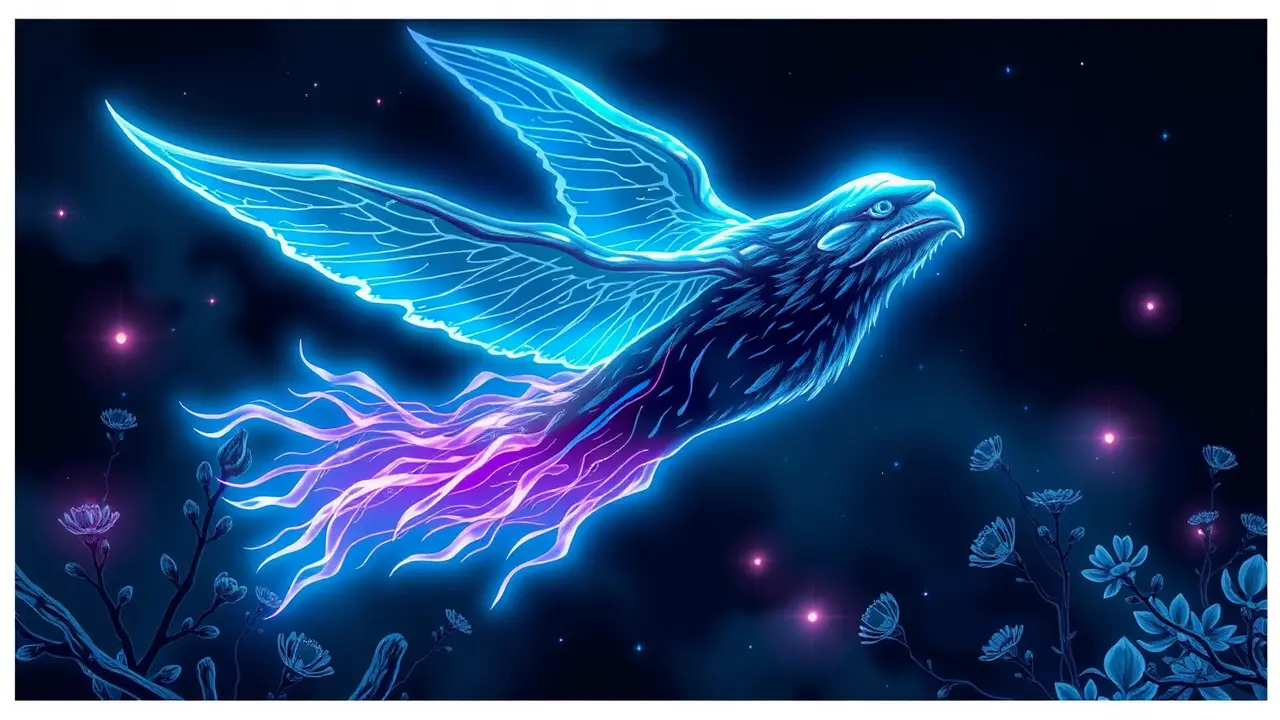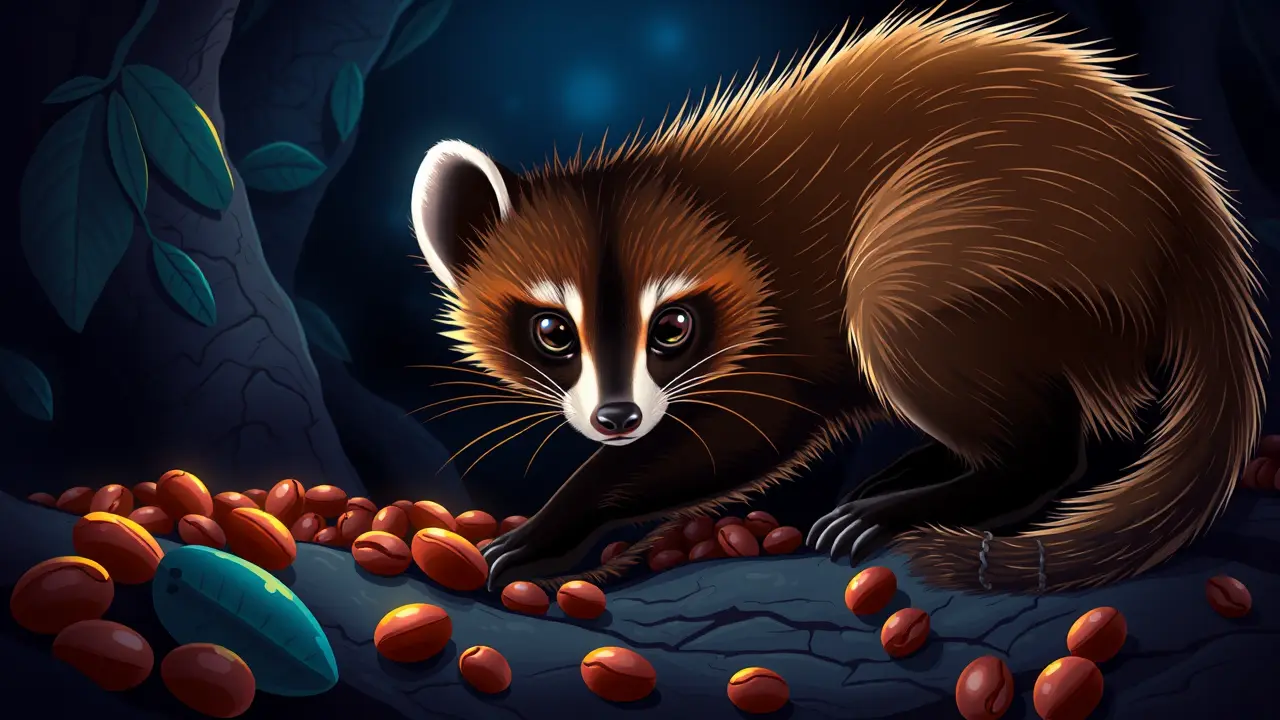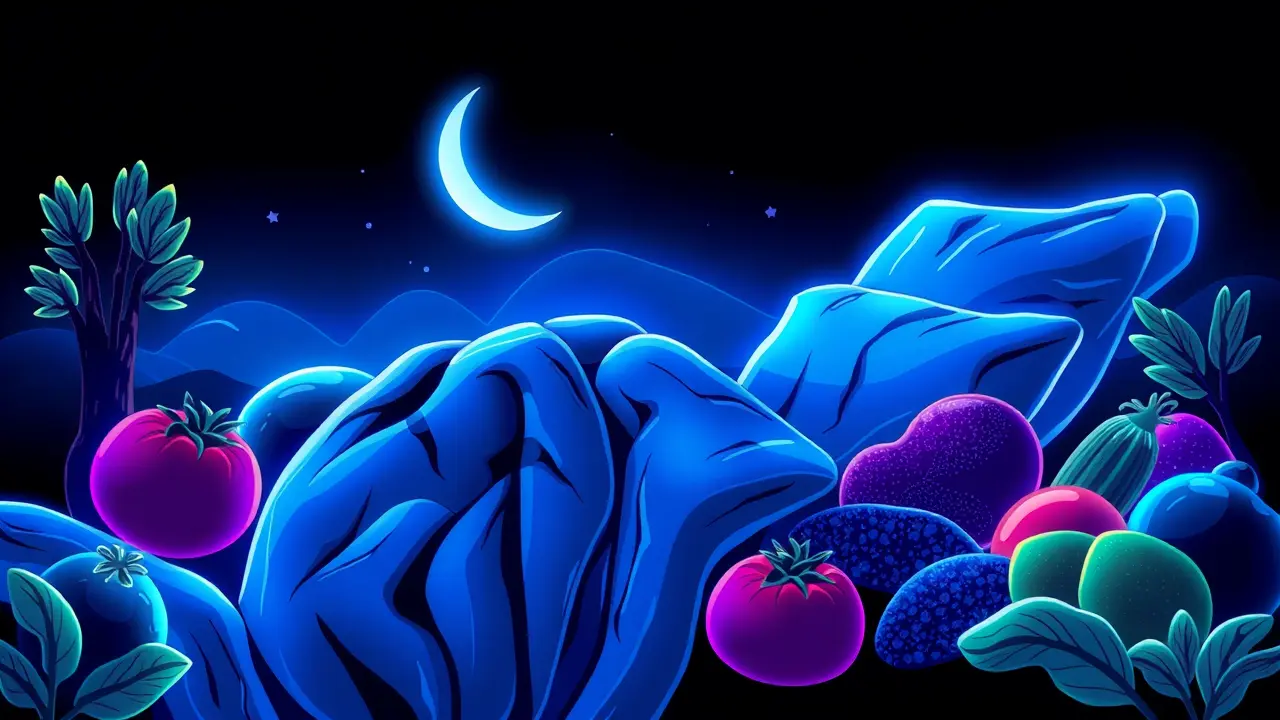
Scienceneuroscience
Science Reinterprets Ancient Witchcraft: Psychoactive Potions as Proto-Pharmacology
KE
Kevin White
4 days ago7 min read
Modern science is transforming our understanding of historical witchcraft, revealing that so-called 'witch potions' were not superstitious brews but sophisticated, if dangerous, applications of psychoactive plants. These concoctions represent a form of proto-pharmacology, developed through empirical, albeit lethal, trial and error.The infamous 'flying ointments' mentioned in medieval records, for instance, contained a precise blend of herbs like deadly nightshade, mandrake, and henbane. We now know these plants are rich in tropane alkaloids such as scopolamine, which, when absorbed through the skin, can induce powerful dissociative states, out-of-body experiences, and hallucinations of flight.This explains the vivid testimonies from witch trials about nocturnal journeys. Beyond these, plants used for dream divination, such as mugwort, contain compounds like thujone that interact with the brain's neurotransmitter systems to alter dreaming.This evidence reframes the historical 'witch'—often a community healer or midwife—as a practical botanist and early neuroscientist, operating with a hard-won knowledge of neuro-active plants. This historical pursuit of altered states of consciousness for healing and ritual finds a direct parallel in today's clinical research into psychedelics like psilocybin. The enduring power of these ancient recipes lies not in magic, but in their tangible, potent ability to interact with human brain chemistry, marking a significant, though often tragic, chapter in humanity's quest to understand the mind.
#herbal medicine
#folklore
#psychoactive plants
#neuroscience
#history of medicine
#featured
Stay Informed. Act Smarter.
Get weekly highlights, major headlines, and expert insights — then put your knowledge to work in our live prediction markets.
Related News
© 2025 Outpoll Service LTD. All rights reserved.











